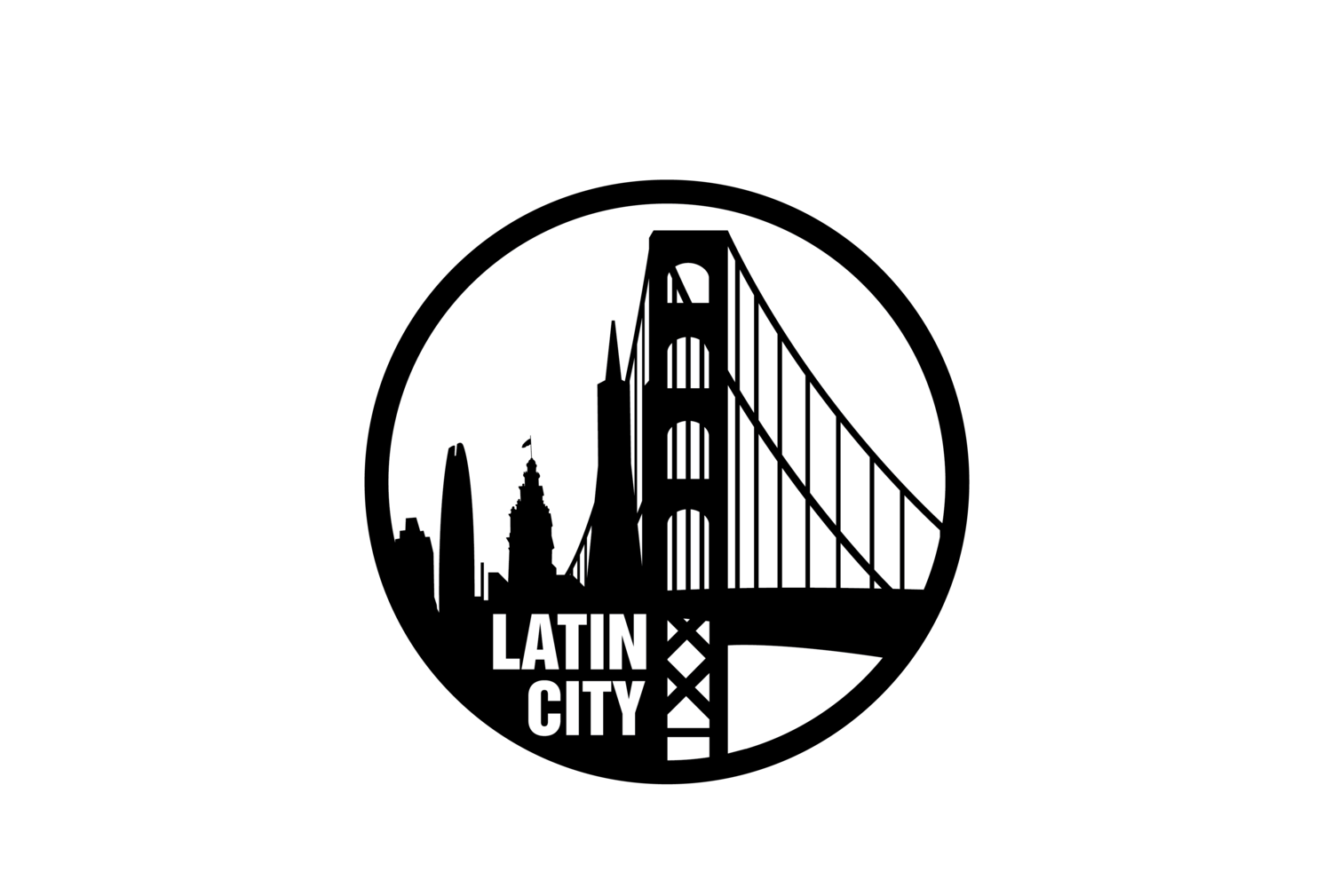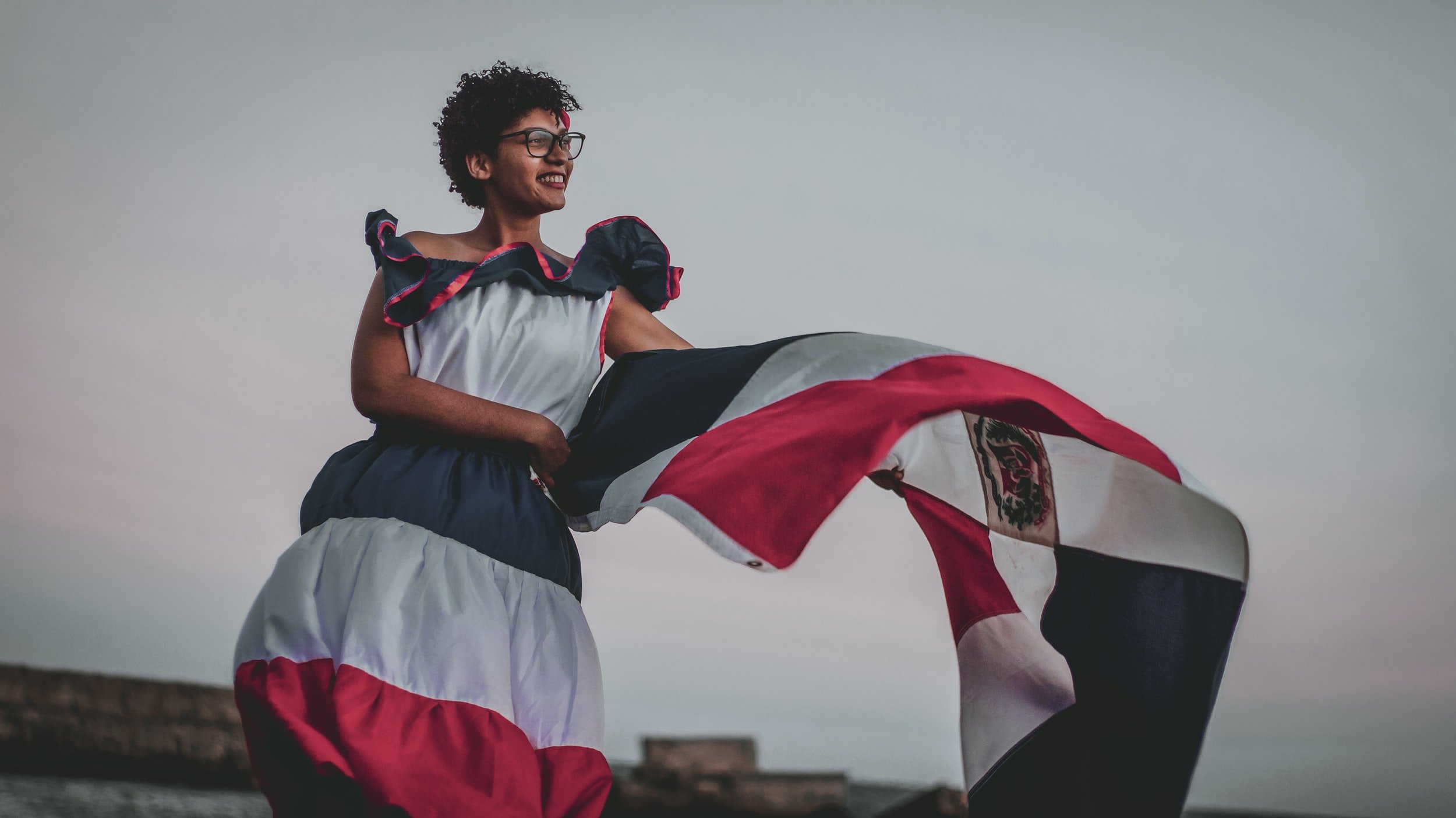Dominican Republic's Independence Day: A Brief History
On February 27th, the Dominican Republic will celebrate its National Day of Independence. This holiday commemorates the day in 1844 when the nation declared its independence from Haiti. The Dominican Republic is a country that is rich in culture and history, and this holiday is a chance to celebrate all that makes the Dominican people unique. In this post, we will take a closer look at the history of Dominican Republic's independence day, and explore some of the events that have played a role in shaping this holiday.
The Road to Independence
The Dominican Republic is located on the island of Hispaniola, which it shares with Haiti. The island was originally inhabited by the Taino people, who were conquered by the Spanish in 1492. Like many other Latin American countries, the Dominican Republic struggled for many years against Spanish colonial rule. In 1804, Haiti gained its independence from France, and this sparked a wave of revolutions across Latin America.
Unification of the island
In 1804, after Haiti gained its independence from France and freed all the people enslaved in the country. It was the first successful slave revolt in the Americas. The news of Haiti's success inspired other enslaved people in the Dominican Republic to begin their own revolt. The Dominican people began to organize themselves politically and militarily in an effort to gain their own independence.
Haiti unified the entire island after invading Dominican Republic in 1822. The Haitian army occupied the Dominican Republic for 22 years after removing Spain's occupation of their neighbor. This period is known as the Haitians Occupation.
On February 27th, 1844, after engaging in strategic resistance for a year, the Dominican people won their independence from Haiti. This day is celebrated every year as Dominican Republic's Independence Day. The celebration includes a parade and a military display. Some would say that this is an odd date to celebrate as the Dominican Republic was then re-colonized by Spain after 17 years of their independence. Facing an economic crisis with hyperinflation, and with fears of attacks from Haiti the then president General Pedro Santana asked Spain to retake control. On March 18th, 1861 the Spanish rule had returned.
Dominican Restoration War
The Dominican Restoration War was fought by Dominicans with the help of Haitians who feared the Spanish would try to reestablish slavery on the island. The fighting lasted from 1863-1865 and resulted in the removal of Spanish troops for good.
On March 3rd, 1865 the Queen of Spain made the annexation of the Dominican Republic official and on March 25th, 1865 the Dominican Rebel's new constitution was adopted. By July 15th of 1865 every Spanish troop had left the island and the Dominican Republic was free once again.
Dominican Republic Today
Now the Dominican Republic is a stable democracy with a strong economy. While there are still many socio-economic problems, the country has made great strides since its independence in 1865.
Every February 27th, the Dominican Republic celebrates their independence day with parades, concerts, and other festivities, while many would argue their true Independence Day is on July 15th.

